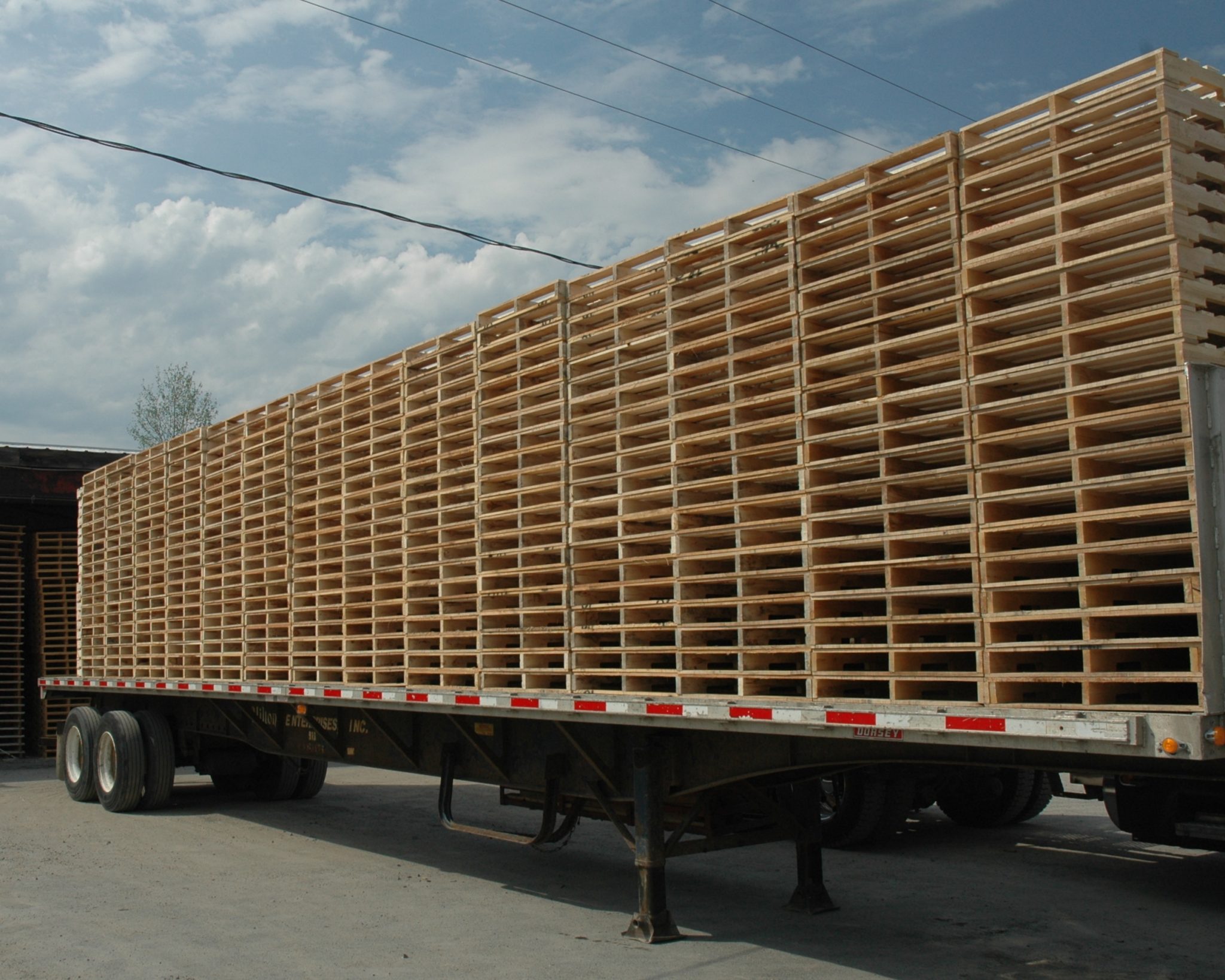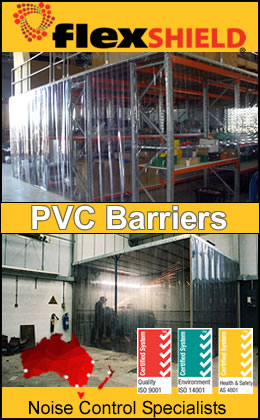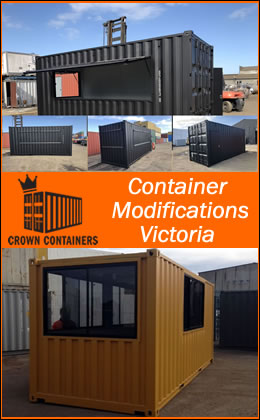Pallets V’s Skids
Pallets
Platform with enough clearance beneath its top surface (or face) to enable the insertion of forks for subsequent lifting purposes
Materials: Wood (most common), cardboard, plastic, rubber, and metal
Size of pallet is specified by its depth (i.e., length of its bearers or bearer boards) and its width (i.e., length of its deckboards)—pallet height (typically 145mm.) is usually not specified; orientation of bearers relative to deckboards of pallet is specified by always listing its depth first and width last: Depth (bearer length) x Width (deckboard length)
Skids
Platform (typically metal) with enough clearance beneath its top surface to enable a platform truck to move underneath for subsequent lifting purposes
Forks can also be used to handle skids since the clearance of a skid is greater than that of a pallet
Compared to a pallet, a skid is usually used for heavier loads and when stacking is not required; a metal skid can lift heavier loads than an equal-weight metal pallet because it enables a platform truck to be used for the lifting, with the platform providing a greater lifting surface to support the skid as compared to the forks used to support the pallet
Summary
Skids obviously have cost benefits if wood is used but not in the case of metal. what about the protection of your product? If your skid doesn’t stand up to rigorous testing it means your customer is likely to recieve a damaged product costing more in replacement costs or losing the customer.
Pallets are always a better alternative as it is designed to be thrown around by forklift drivers that only want to collect a pay cheque. It can be handled, on average, 6 to 10 times on average before repair is needed.
Thanks to: (http://www.ise.ncsu.edu/kay/mhetax/UnitEq/index.htm#Manual%20palletizing)



